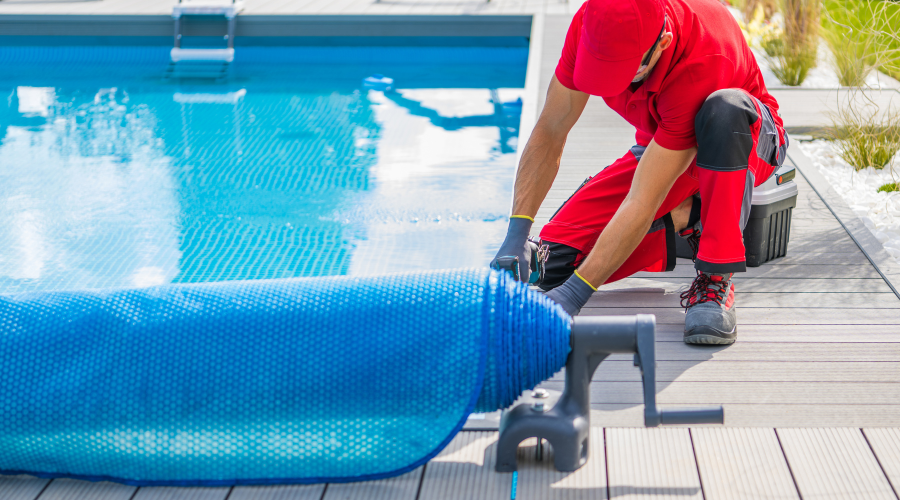Ultimate Guide to Pool Installation: Everything You Need to Know
Installing a pool is a significant investment that can enhance your home’s value and provide endless enjoyment for family and friends. Whether you’re considering an above-ground or in-ground pool, understanding the installation process is crucial. In this guide, we’ll cover everything you need to know about pool installation, from planning to completion.
1. Determine Your Budget
Before you dive into the pool installation process, it’s essential to establish a budget. Consider not only the cost of the pool itself but also additional expenses such as:
- Site Preparation: Clearing the area and leveling the ground.
- Permits: Check local regulations and obtain necessary permits.
- Landscaping: Enhancements around the pool area.
- Maintenance Equipment: Skimmers, filters, and cleaning tools.
2. Choose the Right Location
Selecting the perfect location for your pool is vital. Consider factors such as:
- Sun Exposure: Ensure the area receives ample sunlight for warmth and comfort.
- Accessibility: Make sure the pool is easily accessible from your home and outdoor living spaces.
- Privacy: Choose a location that offers privacy from neighbors and street views.
- Safety: Avoid placing the pool near trees that may drop debris or pose a safety risk.
3. Select the Type of Pool
There are several types of pools to choose from, each with its own benefits:
- Above-Ground Pools: Generally more affordable and easier to install, making them a great option for budget-conscious homeowners.
- In-Ground Pools: Offer a more permanent solution and can be customized to fit your preferences. Options include fiberglass, vinyl, and concrete pools.
4. Design Your Pool
Once you’ve chosen the type of pool, it’s time to design it. Consider the following elements:
- Shape and Size: Determine the dimensions that fit your yard and lifestyle.
- Features: Add features such as steps, lighting, waterfalls, or slides to enhance your pool experience.
- Surrounding Area: Plan for decking, landscaping, and furniture to create a cohesive outdoor space.
5. Hiring Professionals
While some homeowners may choose to install a pool themselves, hiring professionals can ensure a smoother process. Look for reputable pool installation companies with experience and positive reviews. They can help with:
- Site Assessment: Evaluating your yard for installation feasibility.
- Permitting: Navigating local regulations and obtaining necessary permits.
- Construction: Ensuring the pool is built to code and meets safety standards.
6. Installation Process
The pool installation process typically involves the following steps:
- Excavation: Digging the hole for the pool.
- Installation: Setting up the pool structure, plumbing, and electrical systems.
- Backfilling: Filling in around the pool and compacting the soil.
- Finishing Touches: Adding coping, decking, and landscaping.
7. Pool Maintenance
After installation, regular maintenance is essential to keep your pool in top condition. This includes:
- Water Testing: Regularly check pH and chlorine levels.
- Cleaning: Skim debris, vacuum the bottom, and scrub walls.
- Equipment Checks: Ensure pumps and filters are functioning properly.
Conclusion
Installing a pool is an exciting journey that requires careful planning and consideration. By following this ultimate guide, you can navigate the installation process with confidence and create a beautiful outdoor oasis for your family to enjoy. If you have any questions or need assistance with your pool project, don’t hesitate to contact us for expert help!


